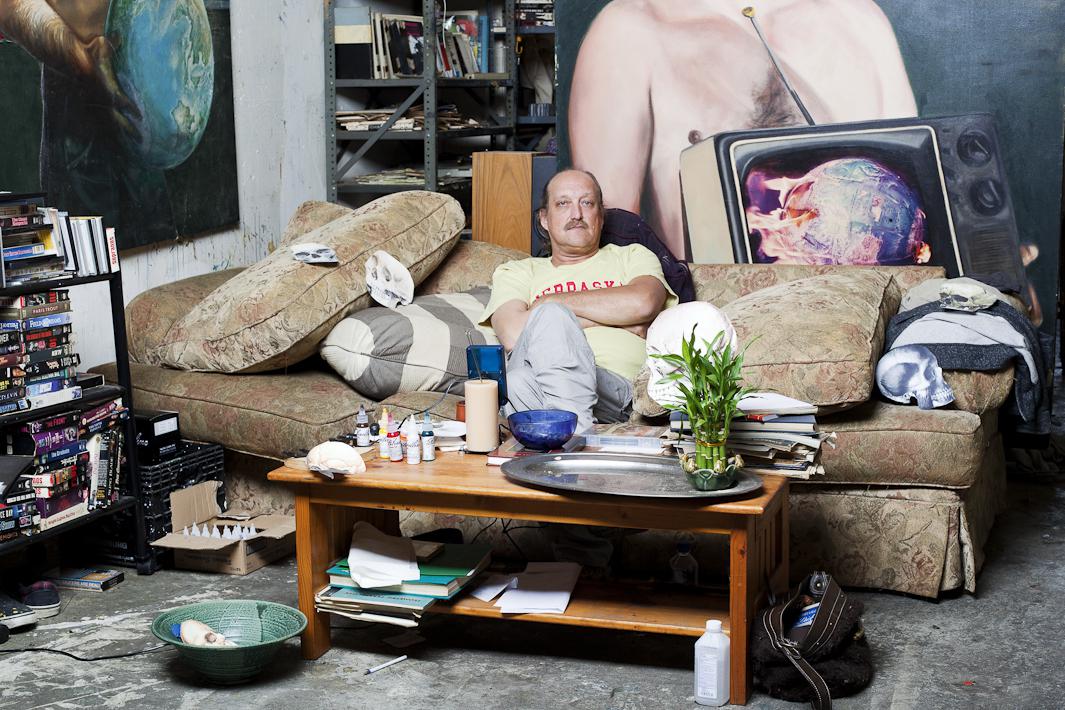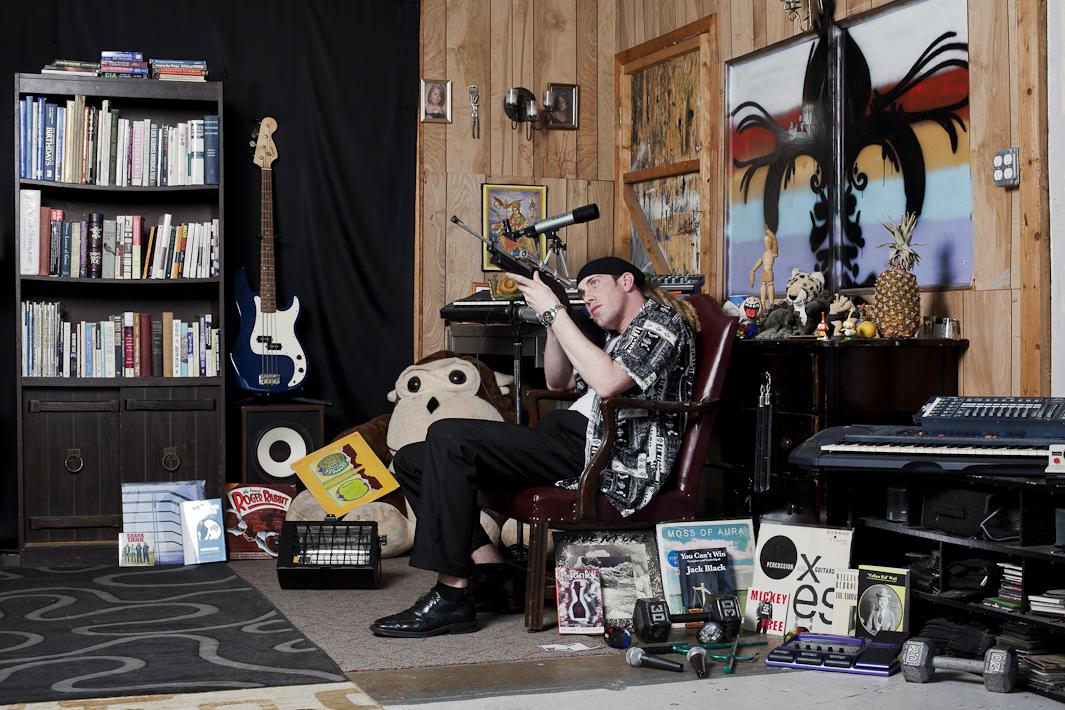Since its construction in the 19th century, the Victorian-style warehouse on Baltimore’s Guilford Avenue has been a site for innovation, but in the last 100 years of its history, the nature of that creativity has changed. When it was first built, it was home to the Crown Cork & Seal Co., which used the space to produce bottling machines and about one-half the world’s supply of Crown Cork bottle caps (the invention of its founder, William Painter).
Crown Cork & Seal relocated to Philadelphia in the late 1950s, and by the ’60s, new businesses had moved in, including Copy Cat Printing, which placed a billboard bearing its name on the roof, earning the building its nickname, the Copycat. Most businesses moved out in the 1980s, and gradually the space converted into residences. Today, more than 140 people live in the Copycat, including scores of artists, musicians, and other creative types.
In 2011, Alex Wein took a year off from college in San Fransisco, and when he moved back to Baltimore, he immediately got an apartment in the Copycat. “I soon realized what a machine it was; all these people cranking out these projects in all kinds of mediums: music, art, performance. So you start meeting your neighbors and they invite you into their places. It was a creative explosion,” he said.

Alex Wein

Alex Wein
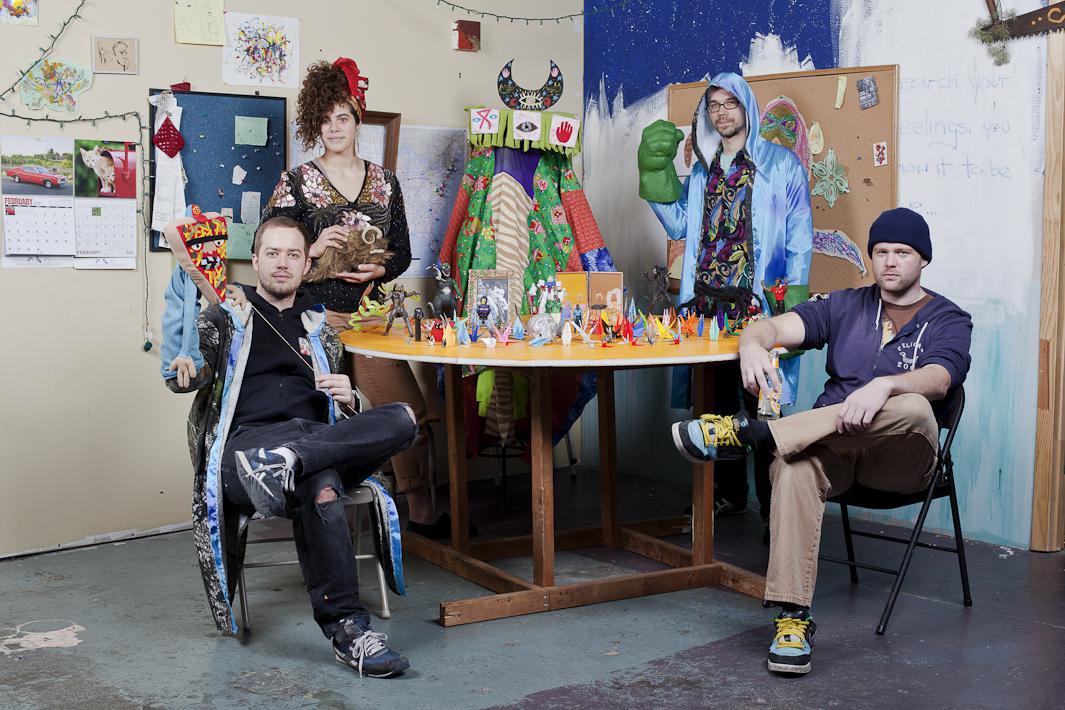
Alex Wein

Soon, Wein decided he wanted to meet all of his neighbors, so he launched the Copycat Project (along with Rob Brulinski) with the goal of photographing all of the building’s apartments. “When I first moved in, I didn’t even know how many people lived there. That was something that helped fuel the project: I wanted to learn more while making it,” he said.
While there were “definitely some reclusive types” Wein had to hunt down, it usually wasn’t too hard to convince his neighbors to participate. “I didn’t feel like an outsider approaching strangers at all. We all kind of would see each other around and once the project got started, I would bring around a little binder of photos of the other residents, showing people their neighbors who they hadn’t met. They couldn’t believe it,” he said.

Alex Wein
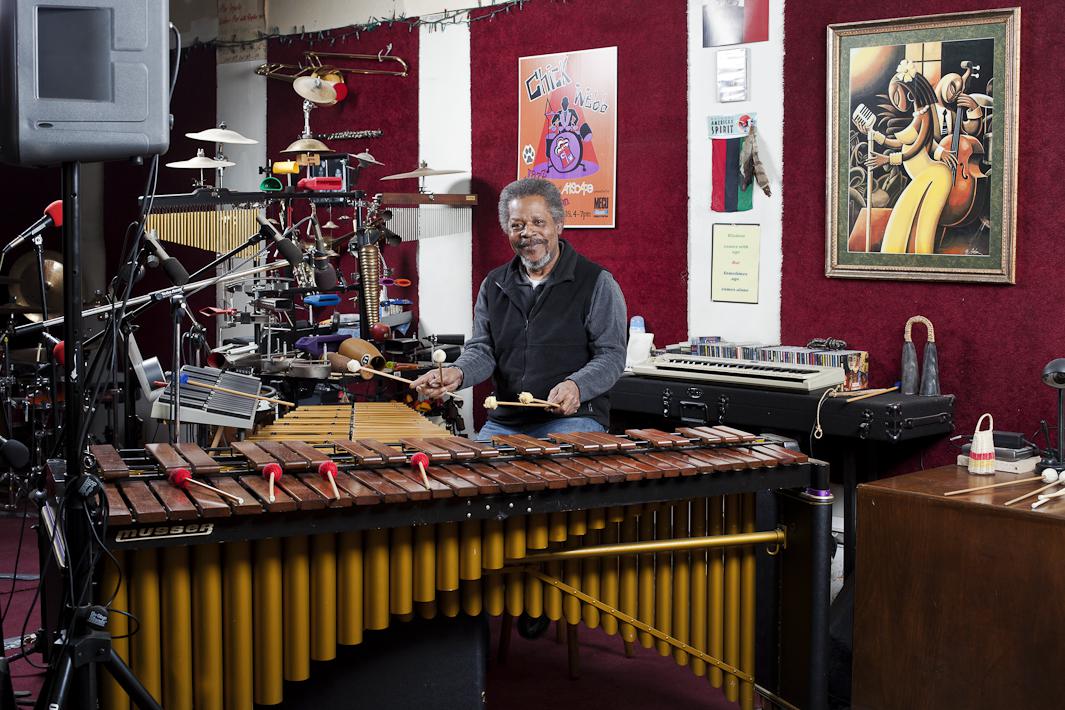
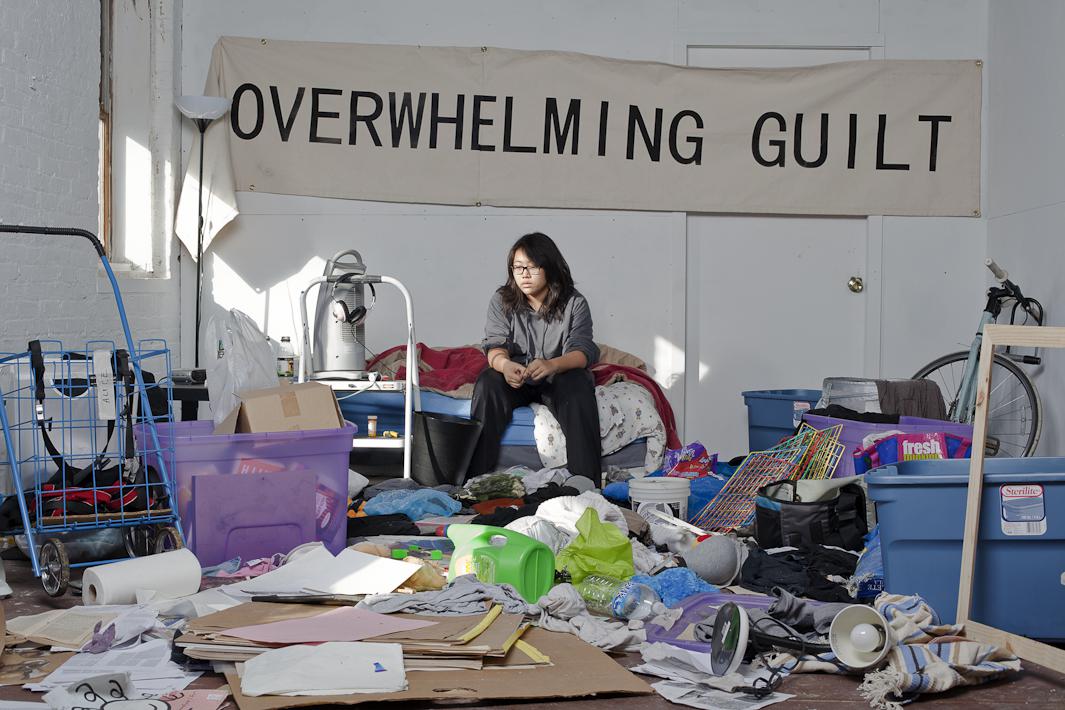
Alex Wein
Wein used his apartment as a photo studio, but his neighbors found a variety of uses for their spaces. He met acrobats, breakdancers, painters, sculptors, and aerialists—even welders—who transformed their apartments into spectacular expressions of their identities and passions. “I really didn’t have a whole lot of control over the image. I worked in a confined space that I hadn’t seen before. Every time I made a photograph with someone, it was completely new. I didn’t have any preconceived idea of what it was going to be like. That made every shot memorable to me,” he said.
Wein is now living in California. It’s been two years since he’s been to the Copycat, but he looks back fondly on his time there. “It’s an aspirational way to live life, especially as a creative person when you can have almost no rules in your household, no rules for what you can and cannot do in a space, when everything is possible,” he said.
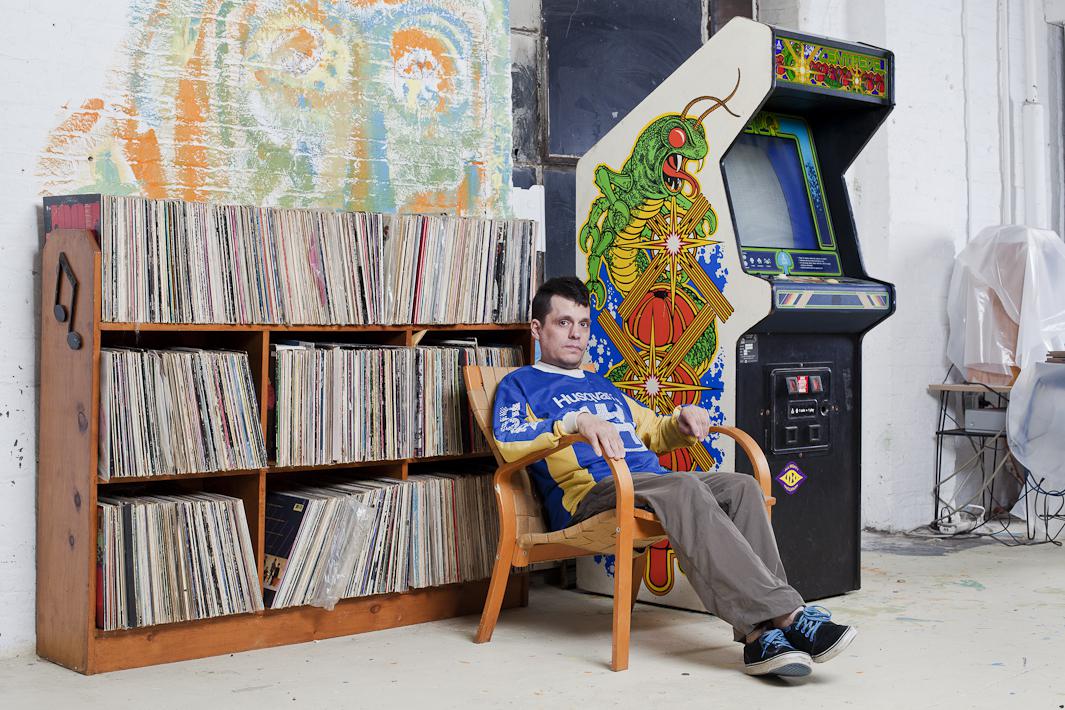
Alex Wein


Alex Wein
